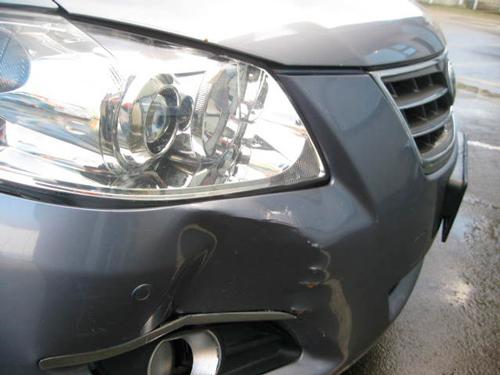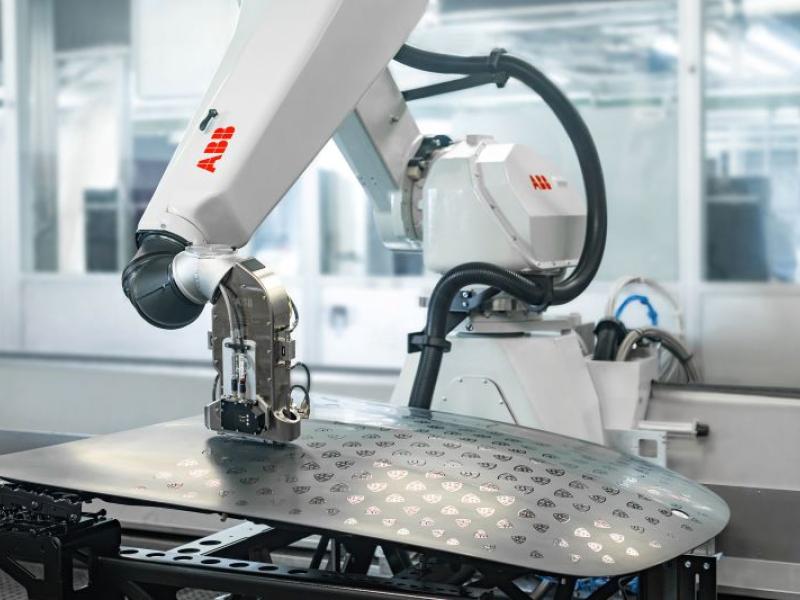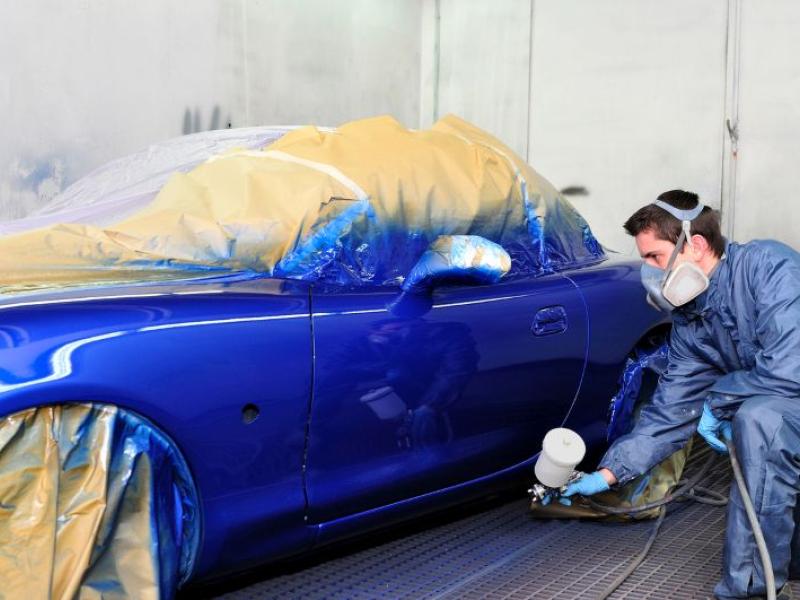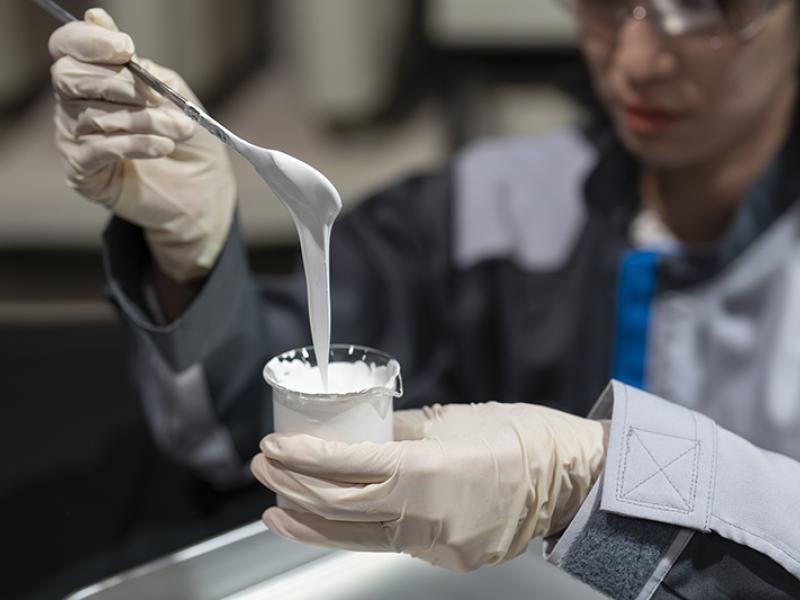By Peter Adams, group CEO, Corporate & Prestige
Last month we explored the subject of “the commodity,” and how accepting the way the collision industry is being pushed towards the Australian models is fuelling your own demise. I’m delighted that several of my more experienced readers have endorsed this article as being a fair assessment of where we have come from and where we are heading.
AlI this was further confirmed through a recent claim on a third party vehicle that has taken many months to resolve due to some important principals involving the way claims are now managed by staff assessors. As explained last month the “new efficient method” of being able to tick the box to confirm parts are to be sourced through online procurement is not necessarily the best way to repair a damaged vehicle.
I made the point that bulk pricing instead of listing individual prices on line items makes it quick and easy for a supplier to sell more parts; however in the process it disguises the fact that some damaged panels or plastic items that could be repaired are now being dumped.
Further than this it robs good repairers of the opportunity to make a greater profit on a job without necessarily increasing the cost as they have the equipment and expertise.
So in the case of the job that took months to resolve, the repair was straight forward enough, and could have involved the reconditioning of a headlight and a front bumper. Our insurance company client instructed us to do an independent assessment, and we learned all damaged parts were to be replaced.
We interviewed the repairer and he accepted that some of the plastic items could be repaired in-house for the right money. Our assessment incorporated allowances for reconditioning these items, and it was around $1,100 less than the staff assessor had allowed using all new parts on this commonly available five-year-old Japanese vehicle.
Before the repairs had started we advised their claims officer of our findings and were essentially told their assessor had followed established company processes. The arguments over the recovery of their costs was protracted, and we were even told at one point that reconditioning of plastic parts was an inferior method as welds can split in a future event.
We were requested to provide a letter from an independent reconditioner to support our contention; however this was rejected on spurious grounds.
Inevitably an impasse was reached and the other side rejected a compromise settlement and stated the matter would need to be resolved in the Disputes Tribunal. Our offer to survey members of that insurer’s network to see how many of them still recondition plastic parts on their behalf was regarded as flippant, but it was entirely relevant given the explanations we had been quoted.
Before we get to the conclusion of this saga, let’s reflect on the wider issues pertaining to insurance companies and their reality.
The new normal
We now live in an era where the new normal is that it’s rare for a company to maintain a truly competitive advantage for very long. Easy access to digital information and social media has created an environment where customers are now better informed, less loyal, and more demanding.
Advertising a superior insurance product is at best flaky as there is generally little difference between the various offerings. It is expensive to be continuously promoting a point of difference message throughout a broadening range of communications channels. Hype is put to the test at claims time, but the interesting bit is the personal touch actually comes from you guys at the coal-face dealing with the real people who for whatever reason are in need of your expertise.
Every year when I see the results of the CRA workshop surveys I reflect on what the various insurance companies have done to cause them to move up or down the leader table. Some are constantly rated highly because they understand the symbiotic relationship they have with collision repairers, and are less reliant on the formula-based establishment of repair costs.
Others are often in turmoil over customer service matters and takeovers, or the latest catastrophe. Another has introduced a computer-based method of establishing a repair price that involves six pages of detail that even their own assessors have trouble explaining.
And then there is the company that thumbs it’s nose at the need for recognition by panel shops, and seems to be forever at the bottom.
The point is that market forces are continually at work driving the need for innovation. Regardless of whatever happens behind the scenes, the vital aspect is customer perception. A repairer who believes he has been shafted by an underwriter, either through their processes or the application of them by their assessors, will never be a great advocate.
As the expert entrusted to restore a vehicle to pre-accident condition, your knowledge and skills are essential to the smooth running of every insurance company.
Last month our exploration of the complex nature of this industry was from the viewpoint of a commodity service. This month it’s from the new normal – the need to continually innovate to stay relevant.
I say “relevant”, because I doubt that market leadership is anything we can easily achieve with limited means or time. However, what can be controlled is who you work for and the methods you employ to restore vehicles. Obviously manufacturers’ standards must be adopted, but it’s important to note you make your money when you write the estimate, then lose it as you do the job.
- Buy the equipment that speeds up key operations and ensure your team are well trained.
- Determine where the bottlenecks are, and work together to eliminate them.
- Repair parts to avoid the grief of having the wrong ones sent from the other end of the country.
- Sell your labour at a decent rate because your team has the expertise.
- Don’t be hood-winked into buying more parts simply because there is a dumb idea being widely promoted that a certain box must be ticked.
The reason for introducing the example of the third party claim we were involved with is that it clearly puts two methods of assessing repair costs to the test. One of them clearly failed despite best efforts to whitewash the results.
Repairing parts is a far more sustainable proposition than replacing them every way you look at it. So when faced with the obvious conclusion they would have to prove they acted reasonably to win any case with an impartial adjudicator. The insurance company abandoned its support of its tick-box processes, and the matter was quickly resolved.
A word about insurance companies
Insurance companies must have accountability among their staff and their suppliers. What they can measure they can manage, and it would be irresponsible for them to operate without a wide range of robust processes in place.
No one has the monopoly over the ultimate way to achieve a particular result as there are so many permutations – every job is different, and all have their challenges. Flexibility is the vital ingredient for sustainable survival in the new normal.
Unfortunately it would seem that few underwriters recognise the implications of their actions on the complexity of the automotive industry.
The challenge for all of us is to work together in relative harmony within the laws of the land. If you don’t enjoy a mutually rewarding relationship with any client or supplier save us all the grief – stop whinging, grow a spine, and dump them – after you have figured out how to live without their business!
To debate ideas and opinions email: peter179@me.com






